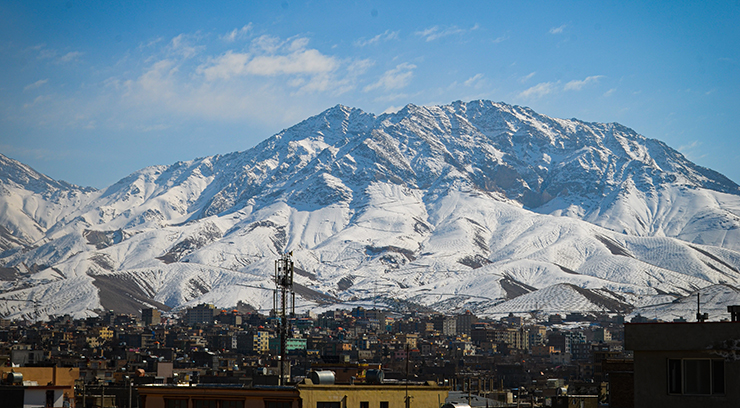Complete Guide to Afghan Clothing: A Journey Through Tradition and Style
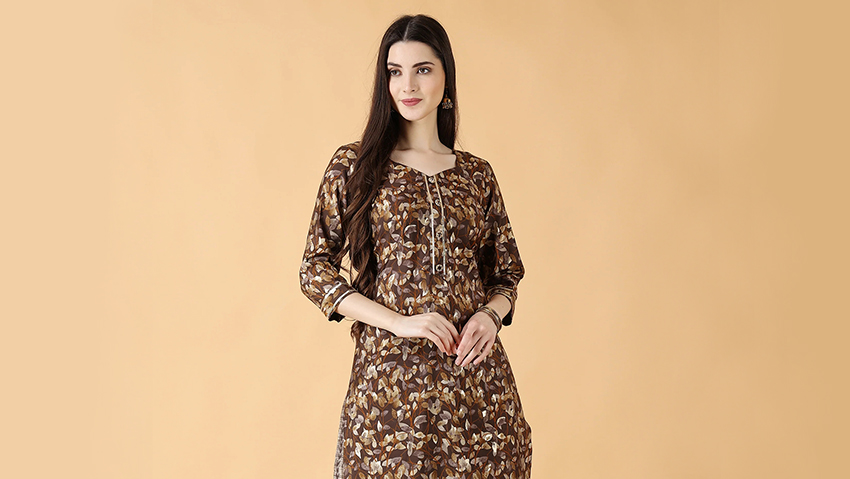
Afghanistan, a land of rich history and diverse culture, boasts a clothing tradition that is as vibrant and varied as people who call this country home. With influences from Central Asia, the Middle East, and beyond, Afghan clothing is a tapestry of colors, fabrics, and styles. In this complete guide to Afghan clothing, The Fashiongton Post will take you on a journey through the fascinating world of Afghan attire.
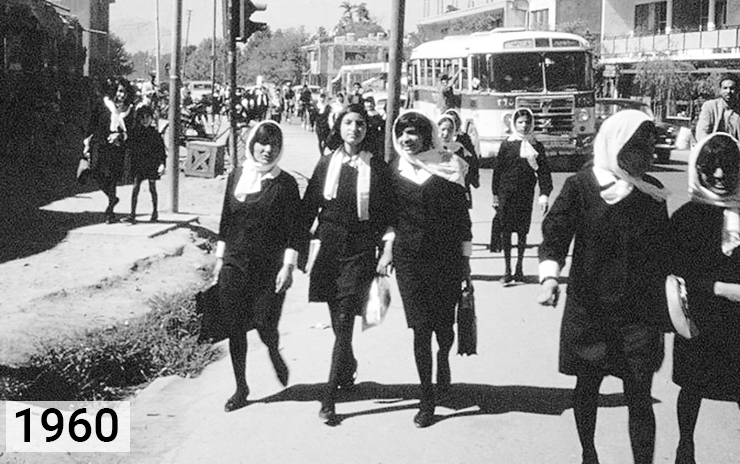

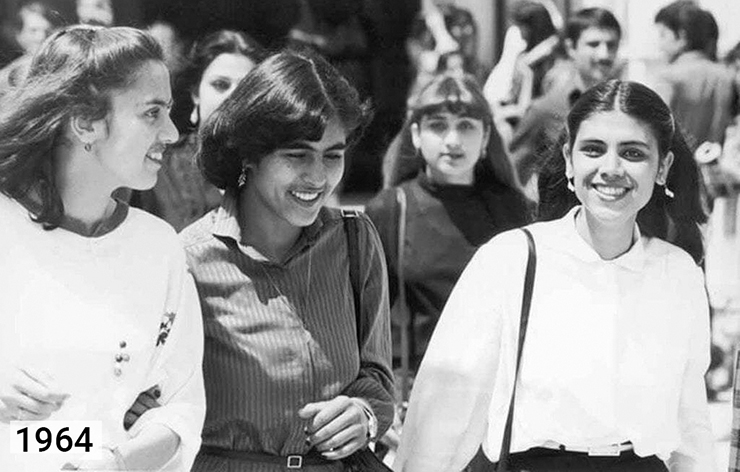
Men’s Clothing
Shalwar Kameez / Perahan Tunban

The shalwar kameez (also known as “Perahan Tunban”) is the quintessential Afghan outfit for men. It consists of loose-fitting trousers (shalwar/tunban) paired with a long tunic (kameez/perahan). This ensemble provides comfort in the often scorching Afghan climate.
Perahan
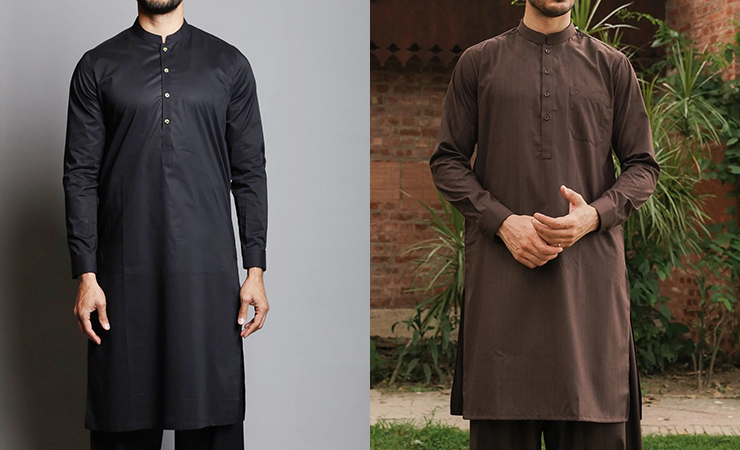
The perahan is the upper garment of the above mentioned traditional set, a long robe-like shirt, which can be worn independently, being combined with modern jeans or pants.
Turban
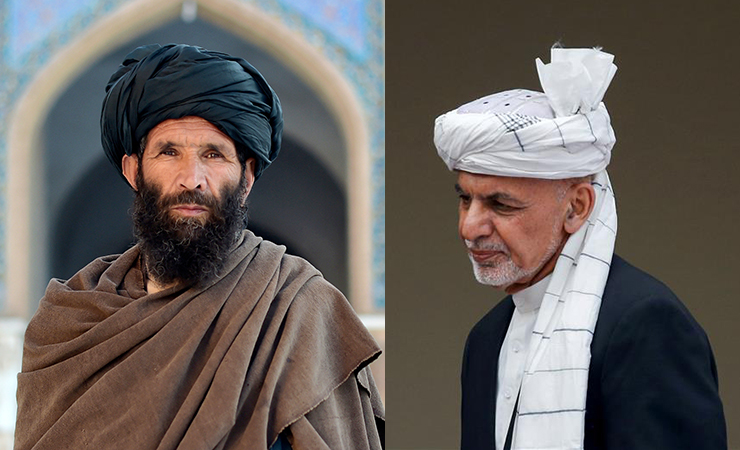
Men in rural regions of Afghanistan often wear turbans, the style and color of which can vary based on tribal or regional affiliations. Turbans are worn by muslims because the Prophet Muhammad was believed to have worn one. Pashtuns, Afghanistan’s biggest ethnic group, usually prefer plain black colored turbans, wrapped tightly over a cap with a “tail” falling on one shoulder.
Pakol
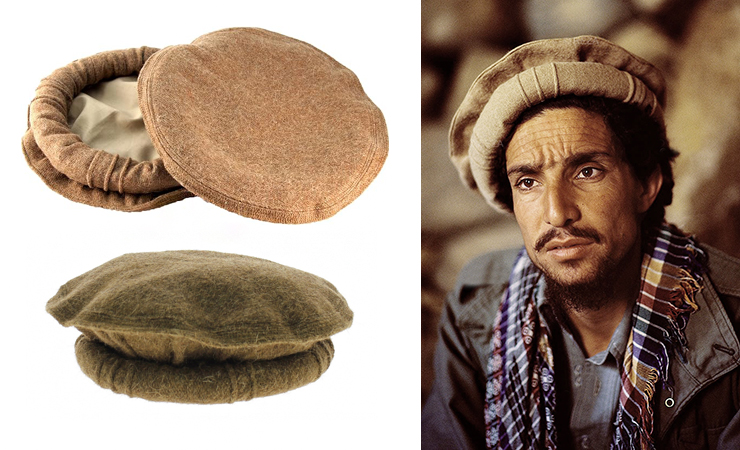
Pakol (sometimes also spelled as “pakul”) is a 15-20 cm long “tube” made of woven wool to which a round “lid” is placed. The wool is sewn in several places to wrinkles, giving the Pakol a great shape. This “wool tube” is then rolled up to individual taste of a wearer. Men may wear pakol all year round in colder climates, as the hat is excellent for protection against the cold, wind, and sun. Because of the natural wool used to make a pakol, the head does not sweat or freeze, no matter what type of the weather is outside. It became emblematic of late anti-taliban commander Ahmad Shah Massoud, who wore it perched far back on his head.
Chapan
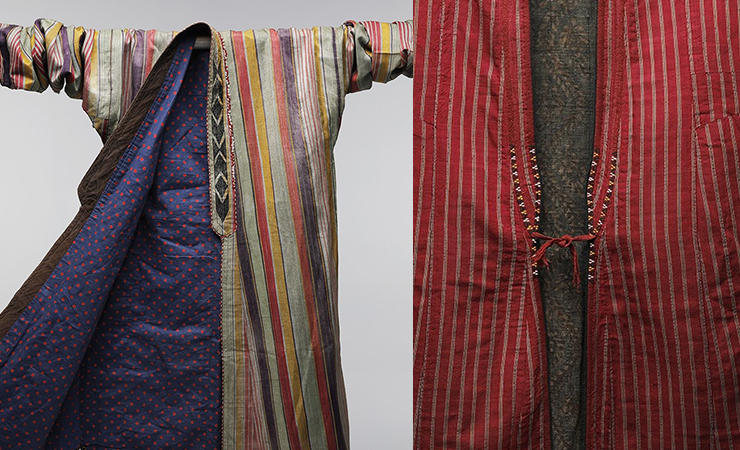
The chapan is a traditional Afghan coat, often made of silk or wool. It’s known for its intricate embroidery and is worn over clothes, usually during the cold winter months.
Women’s Clothing
Burqa
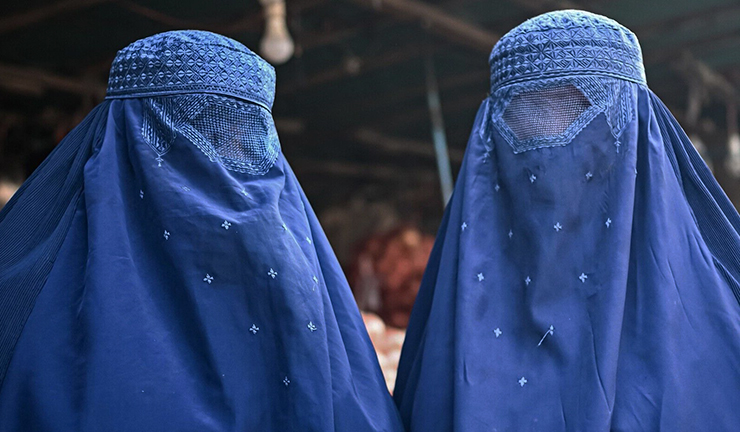
Burqa (Chadari) is a long, flowing garment that covers a woman’s entire body, including her face. It is traditionally worn to adhere to Islamic principles of modesty. Currently is almost the only clothing which is allowed to women to wear in public.
Kameez and Perahan Tunban
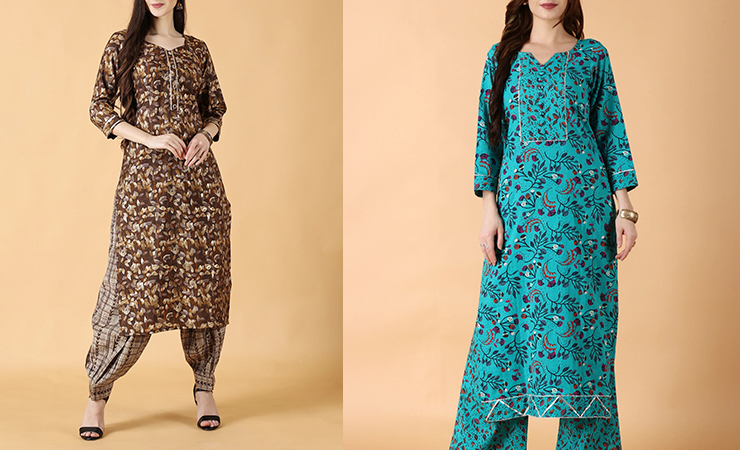
Previously, before Taliban came back to power in August of 2021, women were also allowed to wear both kameez and Perahan Tunban. Kameez — is a long tunic, paired with trousers (shalwar) and a headscarf (chador). Perahan Tunban is wide-legged trousers paired with a long shirt and a headscarf. It was a common choice for daily wear.
Traditional Patterns and Fabrics
Afghan clothing is renowned for its exquisite embroidery and vibrant patterns. Some of the most common patterns and fabrics used in Afghan clothing include:
- Khamak — a traditional Afghan embroidery technique that involves intricate needlework. It is used to embellish clothing, making each piece unique;
- Silk — used to create luxurious garments such as the chapan and often embroidered with sophisticated designs;
- Pashmina — often used for the production of “Patoo” shawls, known for their softness and warmth, especially during colder months;
- Ikat — a weaving technique used to create patterns on fabric by dyeing the threads before weaving. It results in bold, geometric designs often seen in Afghan clothing.
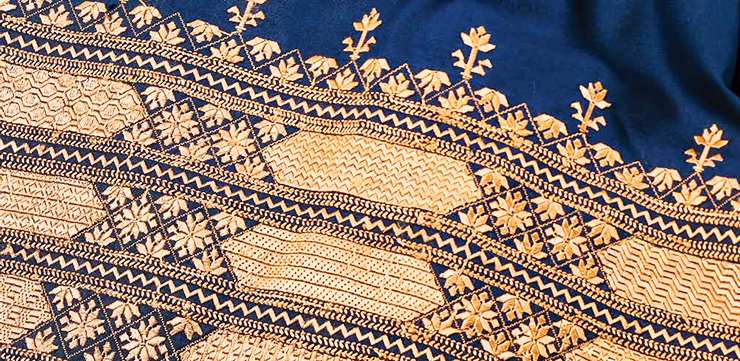
Colors and Symbolism
Colors play a significant role in Afghan clothing, with each color often carrying its own symbolism:
- Blue — is a common color in Afghan clothing and is associated with the sky and spirituality;
- Green — represents hope and happiness, making it a popular choice for festive occasions;
- Red — symbolizes love and passion, and is often worn during weddings and celebrations;
- White — is the color of purity and is commonly seen in bridal attire.
Afghan clothing is not merely a matter of style but a reflection of the country’s rich cultural heritage and history. Whether it’s the intricate embroidery, the vibrant colors, or the modest yet elegant designs, Afghan clothing tells a story that transcends fashion trends. Afghan fashion continues to evolve, bridging the gap between tradition and modernity, and ensuring that its beauty endures for generations to come.

